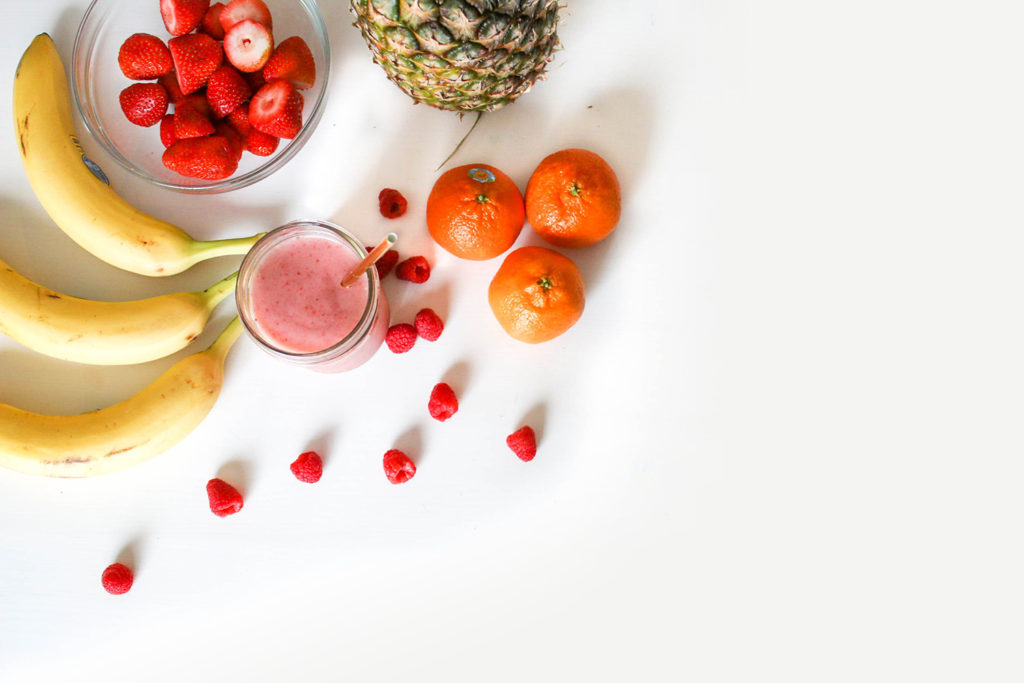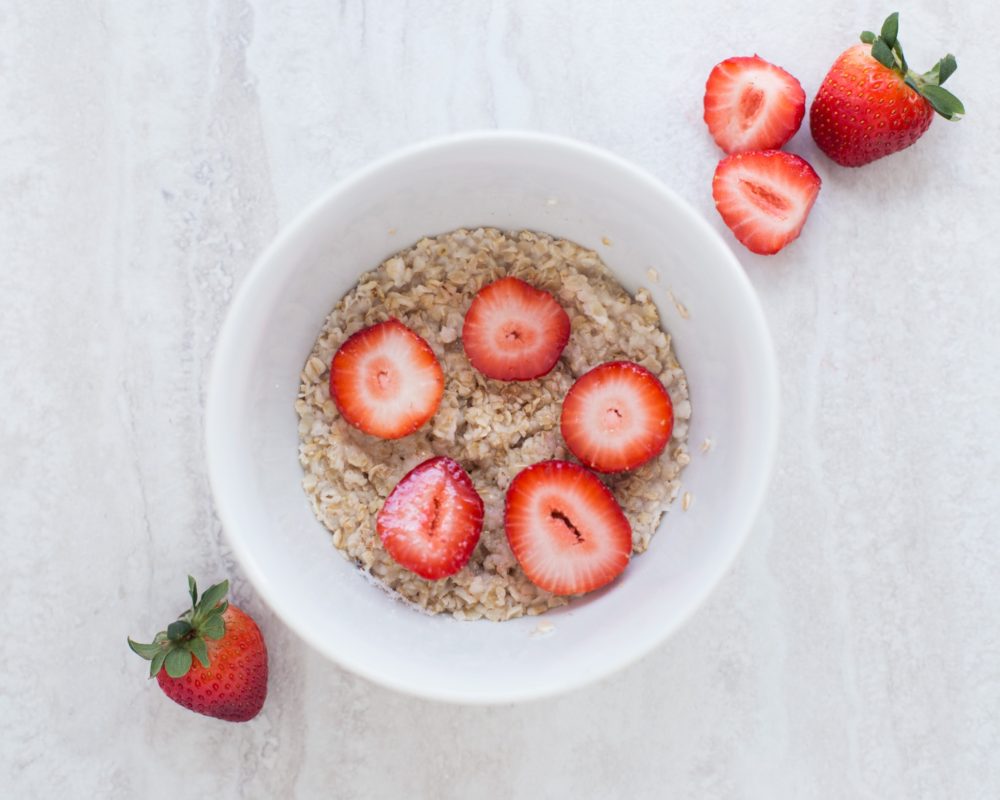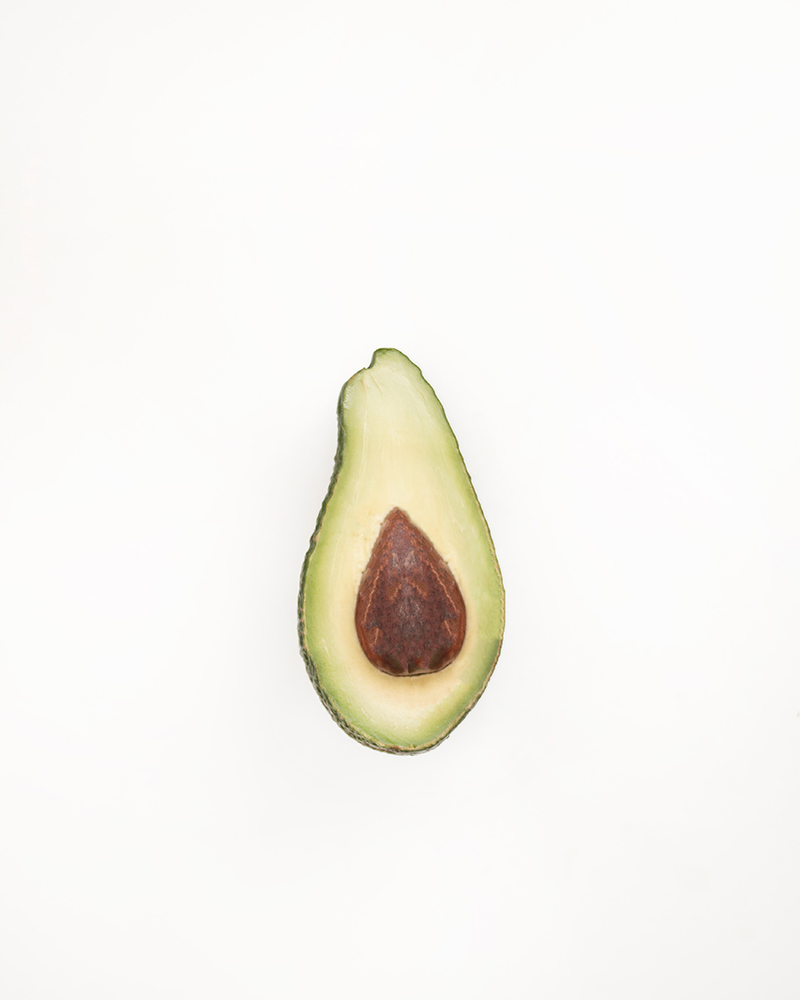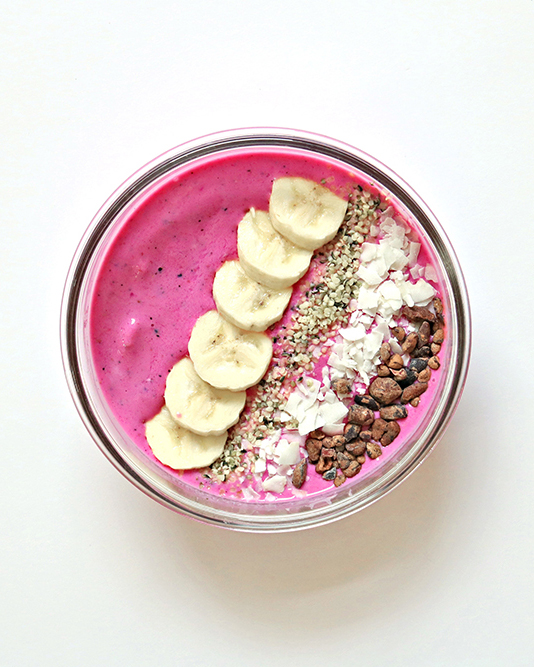
Where’s the Fiber? What’s Lacking in Most Diet Plans
One of the most common questions I’m asked in my practice is, what diet method do I recommend? Diet trends have been at an all time high the past few years, and everyone seems to have a strong opinion about them.
There are higher fat and protein based plans such as paleo and keto, as well as a strong vegan movement. Intermittent fasting has become increasingly popular as well, and is often paired with a paleo or keto lifestyle. Then, you have several more niche gut health regimens like gluten-free, FODMAP, and lectin-free.
Each one of these methods has their benefits and their downfalls. Pick any one and you’ll find studies that support it, and studies against it. While you may find one that works well for you, it might not work for the next person. This is because, as similar as our bodies seem to be on the outside, on the inside our biology can be very different. With all of these often conflicting methodologies, no wonder people are confused.
Our Favorite F-Word: Fiber
When it comes to diet I don’t subscribe to any one plan, but there is one major factor that I emphasize, fiber. The conversation around fiber is lacking in most of these eating styles. It’s not that they don’t contain fiber. Certainly, a plant-based diet is going to provide a good amount. But, the emphasis on fiber and how absolutely essential it is to our health is lacking. This is why instead of recommending that my patients count carbs, I prefer that they count fiber.

Why Fiber is So Important
Fiber, derived from plant-based foods, is a substance that is not broken down during the traditional digestive process. Instead, it ends up in our colon where it is used to provide bulk for our stools, as well as play a vital role in our microbiome. Fiber is the fuel that feeds the bacteria in our gut.
Without fiber, our precious microbiome goes hungry. Considering that these microbes control 85% of our immune function, and play a major role in both brain health and hormone production, we would not want them to go without food. Hungry microbes don’t perform optimally and can create a quite messy, inflammatory environment. Not to mention that when good bacteria suffers, pathogenic bacteria and viruses thrive. The key point here is don’t starve your microbes, eat your fiber!
When your microbiome is well fed, the bacteria in your gut are able to produce healthier microbes and special metabolites to help protect the gut. This is vitally important as the makeup of your microbiome is constantly in a state of flux. Many of the bacteria in your gut have a very short life span, some barely lasting 30 minutes. So as you go about your day, your gut microbes are constantly changing. After 2-4 days you essentially have a brand new microbiome. What you did or did not eat in those few days will predict how healthy your microbiome is. This is why getting in enough fiber on a daily basis is so important.
How Much is Enough Fiber?
The average American today consumes about 15 grams of fiber today. The amount of fiber you need to create a healthy, thriving microbiome is between 30-40 grams. This means the majority of us are falling very short. Which also means our gut bacteria are starving!
The Different Types of Fiber
The simple solution of course is to eat more fiber. But there are different types of fiber, and because of the diversity of your microbiome it’s important to get in a variety.

Soluble Fiber
Soluble fiber helps to slow down digestion, increase satiety, and improve nutrient absorption throughout the intestines. It dissolves in water and forms a gel-like substance in the colon to help bind with and lower cholesterol. Soluble fiber also helps to regulate blood sugar and keep it stable. If you are prone to diarrhea, adding in more soluble fiber can be really helpful.
Examples of foods high in soluble fiber:
- Oatmeal
- Apples
- Lentils
- Broccoli
- Brussels sprouts
- Avocados
- Macadamia nuts
Insoluble Fiber
Insoluble fiber tends to speed up the passage of food through the digestive system. It is not dissolved in water and therefore is left intact, adding bulk to the stool. Insoluble fiber also contributes to satiety and is helpful for regularity and relieving constipation.
Examples of foods high in insoluble fiber:
- Dark leafy greens
- Berries
- Radishes
- Almonds
- Walnuts
- Coconuts
- Millet
Most fiber contains a mixture of insoluble and soluble. Some are just more dominant in one more than the other. But in general if you eat a variety of fiber you will receive the benefits from both soluble and insoluble.

Fiber and The Butyrate Connection
There is a third category of fiber that are referred to as prebiotics. While prebiotics are also made up of soluble and insoluble fiber, they have a special job to play in the gut. Specifically, prebiotic fiber feeds microbes that make short chain fatty acids, such as butyrate.
Butyrate is an essential component of a healthy microbiome. What butyrate does is helps to maintain and repair the gut lining, lower inflammation in the intestines, and prevent tumors from forming in the colon. Butyrate also supports the immune system, brain health, and liver function. It’s the superstar of the microbiome.
Supplementing with butyrate can be extremely beneficial due to the role it plays in the body. But you can also work towards increasing your own butyrate naturally by getting in prebiotic fiber on a daily basis.
The following are a list of common prebiotics:
- Dandelion greens
- Sweet potatoes
- Asparagus
- Carrots
- Jicama
- Yacon
- Apples
- Berries
- Green bananas
- Garlic
- Leeks
- Onions
- Quinoa
- Hemp seeds
- Chia seeds
- Cocoa

Tips For Increasing Your Fiber
Aiming to consume 30-40 grams of fiber a day is not always easy, especially if you are not used to taking in that much fiber. Because fiber is difficult to digest, if you have an inflammatory bowel disease we recommend that you take it slow. Bloating and slight discomfort is common at first. One way to alleviate this side effect is by chewing your food thoroughly and eating slowly. This will make the digestion process much easier.
There are certain health conditions where a high fiber diet is not recommended. If this applies to you, consult your physician about how much fiber is right for you. But for anyone that is ready to improve their fiber game and feed those hungry microbes, here are a few simple tips for getting in fiber at every meal.
- Smoothies are an excellent way to get a high amount of fiber, and are perfect for breakfast or a snack. And because the fiber in smoothies is already broken down, it’s a lot easier in your gut to digest it. Load your smoothie up with fruit and greens. You can add in some hemp seeds or almond butter for a fiber and protein boost. Chia seeds also make an excellent addition and help to thicken your smoothie when blended in.
- Salads are full of that necessary insoluble fiber to provide roughage and bulk to your intestines. Top with a chopped apple, avocado, walnuts, and some sliced jicama to pack in even more fiber.
- Snacks are also an opportunity to up your fiber for the day. A handful of almonds, an apple, or carrots and hummus are all great sources of fiber. Remember that fiber is also filling and the perfect thing to keep you satiated between meals.
- Season a savory dinner with some garlic and onions. Not only will your dinner taste better, but you’ll be getting a nice dose of prebiotics in as well.
If you are ready to give your microbiome what it wants, start by taking an honest inventory of how much fiber you are feeding it. No matter what nutrition plan you choose, there are always ways that you can eat more fiber. Remember that your microbiome is constantly changing, and in just a few days of eating more fiber you’ll give birth to a whole new batch of healthy bacteria.
Instead of counting and obsessing over carbs, begin to focus your fiber instead! Your microbiome will repay you tenfold.
